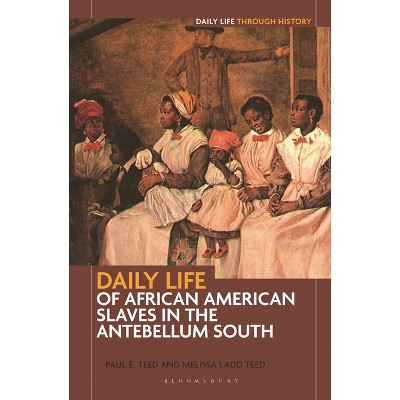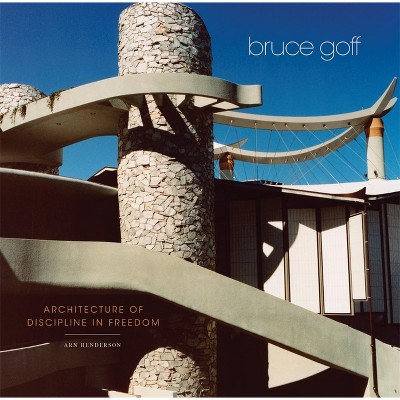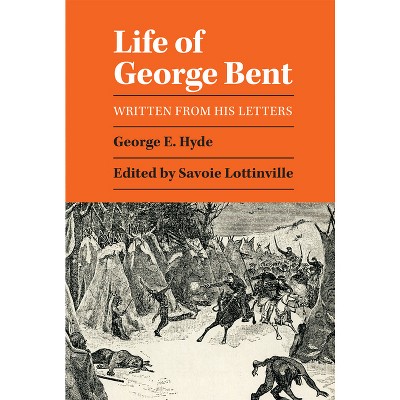Sponsored

Letters from the Dust Bowl - by Caroline Henderson (Paperback)
In Stock
Sponsored
About this item
Highlights
- In May 1936 Secretary of Agriculture Henry A. Wallace wrote to Caroline Henderson to praise her contributions to American understanding of some of our farm problems.
- Author(s): Caroline Henderson
- 296 Pages
- Biography + Autobiography, Historical
Description
About the Book
A collection of letters and articles written by Caroline Henderson between 1908 and 1966 which provide insight into her life in the Great Plains, featuring both published materials and private correspondence. Includes a biographical profile, chapter introductions, and annotations.Book Synopsis
In May 1936 Secretary of Agriculture Henry A. Wallace wrote to Caroline Henderson to praise her contributions to American understanding of some of our farm problems. His comments reflected the national attention aroused by Henderson's articles, which had been published in Atlantic Monthly since 1931. Even today, Henderson's articles are frequently cited for her vivid descriptions of the dust storms that ravaged the Plains.
Caroline Henderson was a Mount Holyoke graduate who moved to Oklahoma's panhandle to homestead and teach in 1907. This collection of Henderson's letters and articles published from 1908 to1966 presents an intimate portrait of a woman's life in the Great Plains. Her writing mirrors her love of the land and the literature that sustained her as she struggled for survival.
Alvin O. Turner has collected and edited Henderson's published materials together with her private correspondence. Accompanying biographical sketch, chapter introductions, and annotations provide details on Henderson's life and context for her frequent literary allusions and comments on contemporary issues.
Review Quotes
"[Henderson's] writings are unsurpassed to this day for the clarity, insight and hope they bring to understanding a period in our history that is virtually unprecedented for its hopelessness and despair."
"A fascinating look at the life of an educated woman committed to Jefferson's vision of the American dream through the first two-thirds of the twentieth century."
Shipping details
Return details
Frequently bought together



Trending Non-Fiction














